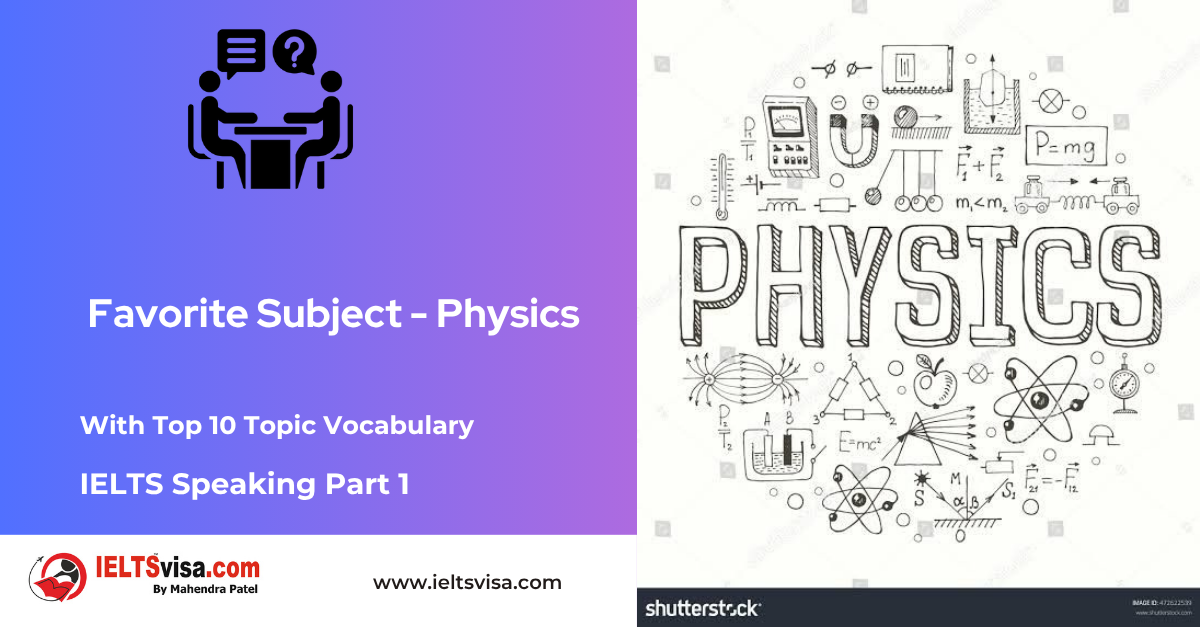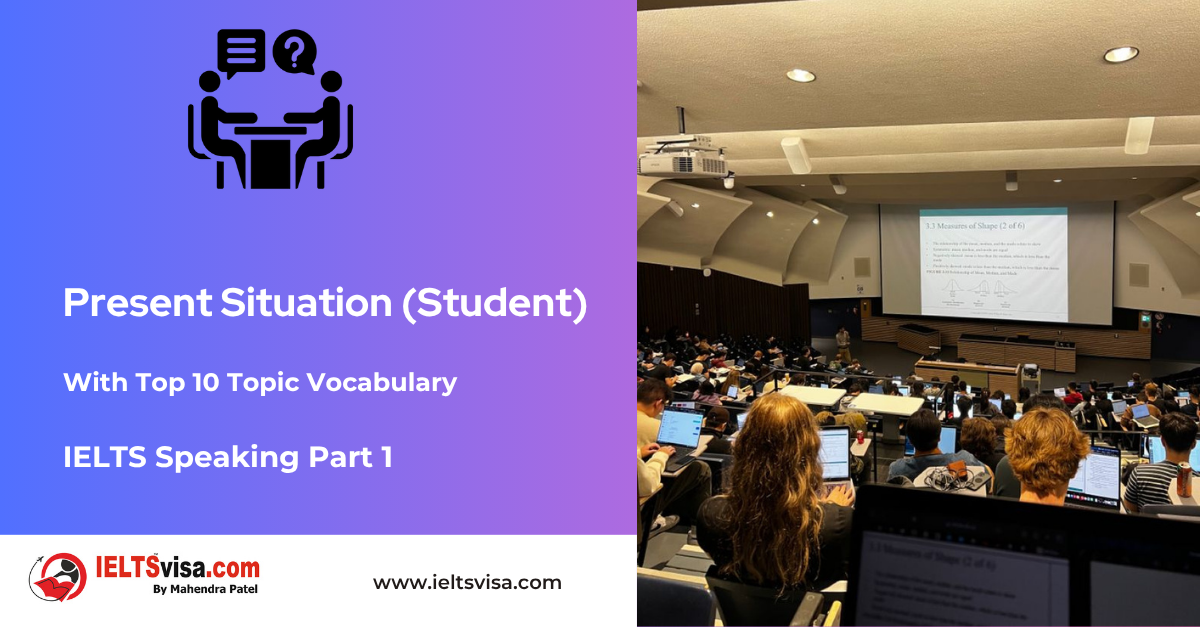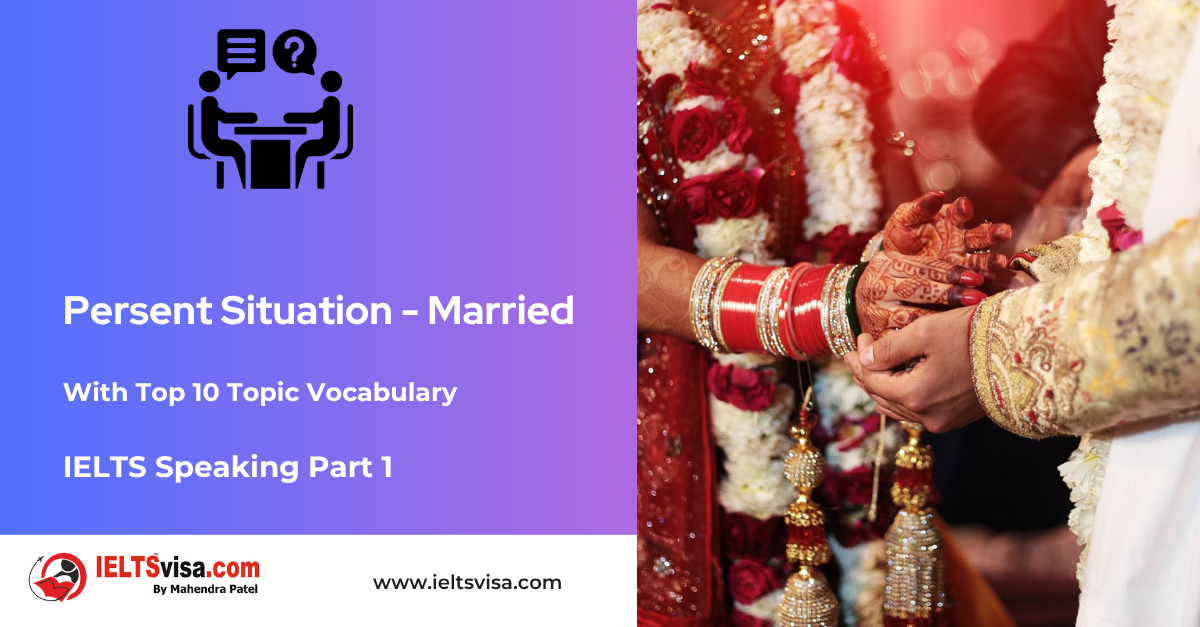The 8 Parts of Speech
Grammar for IELTS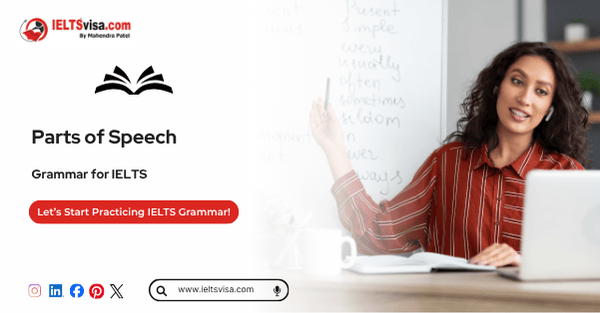
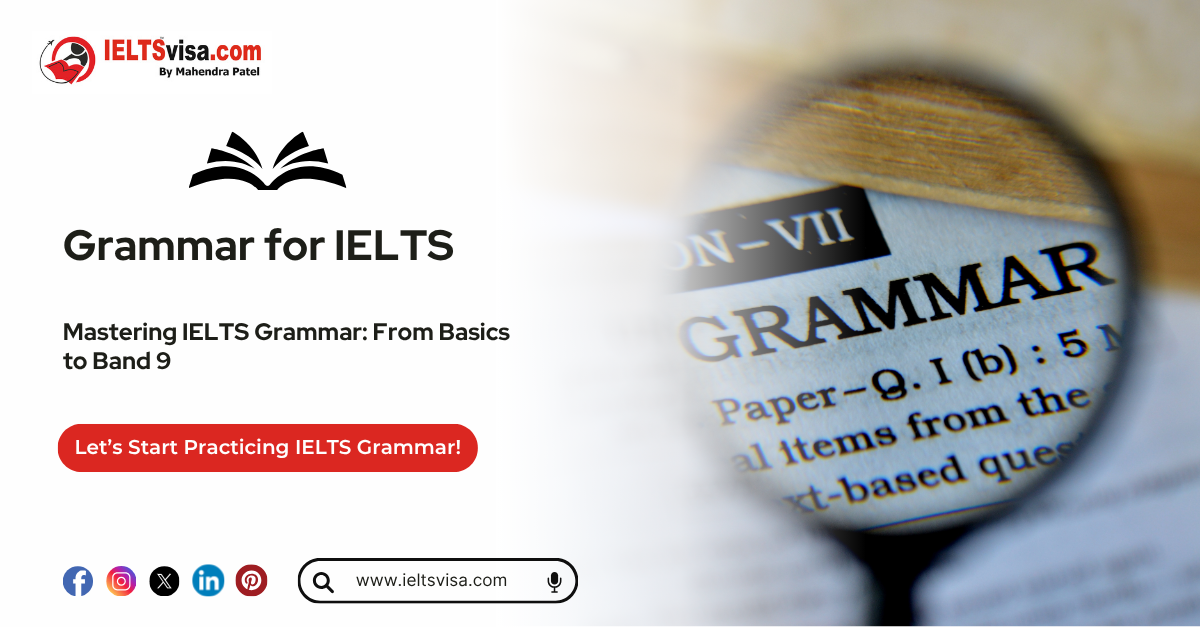
The 8 Parts of Speech
Mastering the 8 parts of speech is essential for effective communication, whether you’re speaking, writing, or reading. They are the foundation of English grammar, helping us structure sentences and convey meaning clearly.
What Are the 8 Parts of Speech?
The 8 parts of speech in English are:
1. Nouns
2. Pronouns
3. Adjectives
4. Verbs
5. Adverbs
6. Prepositions
7. Conjunctions
8. Articles
Each part of speech plays a specific role in sentence construction. Let’s explore them in detail.
1. Nouns
Definition: Words that name a person, place, thing, or idea.
Examples:
-
-
- Person: teacher, Jennifer
- Place: park, London
- Thing: chair, car
- Idea: happiness, freedom
-
Usage: Nouns can be common (general names) or proper (specific names).
-
- The dog barked. (common noun)
- Rome is a beautiful city. (proper noun)
2. Pronouns
Definition: Words that replace nouns to avoid repetition.
Examples: he, she, it, they, you, we Usage:-
- Lisa is kind. She helps others. (She replaces Lisa)
- This is my book. It is new. (It replaces book)
Adjectives
Definition: Words that describe or modify nouns.
Examples: big, blue, beautiful, smart
Usage:
-
- The red car is fast. (red describes the car)
- She is a kind teacher. (kind describes the teacher)
Verbs
Definition: Words that express actions or states of being.
Types of Verbs:
1. Action Verbs: run, write, jump
2. Non-Action Verbs: is, seem, appear
Usage:
- He runs every morning. (action verb)
- She is happy. (non-action verb)
Adverbs
Definition: Words that describe verbs, adjectives, or other adverbs.
Examples: quickly, very, silently, often
Usage:
-
- He speaks clearly. (clearly modifies speaks)
- She is very smart. (very modified smart)
Prepositions
Definition: Words that show relationships between nouns/pronouns and other words in a sentence.
Examples: in, on, under, between
Usage:
- The keys are on the table. (on shows the location)
- She walked through the park. (through shows direction)
Conjunctions
Definition: Words that join words, phrases, or clauses.
Types of Conjunctions:
1. Coordinating: and, but, or
2. Subordinating: because, although, since
3. Correlative: either…or, neither…nor
Usage:
- I like apples and oranges. (and joins apples and oranges)
- She stayed home because it was raining. (because explains reason)
Articles
Definition: Words that indicate specific or general nouns.
Types of Articles:
1. Definite: the (specific)
2. Indefinite: a, an (general)
Usage:
- I saw a cat. (indefinite – any cat)
- The cat is sleeping. (definite – a specific cat)
How to Identify Parts of Speech
Here are tips to identify the part of speech of a word:
1. Nouns: If it names something, it’s a noun. Example: book, river
2. Pronouns: If it replaces a noun, it’s a pronoun. Example: she, them
3. Adjectives: If it describes a noun, it’s an adjective. Example: tall, red
4. Verbs: If it shows an action or state, it’s a verb. Example: run, is
5. Adverbs: If it describes how, when, or where, it’s an adverb. Example: quickly, here
6. Prepositions: If it shows a relationship, it’s a preposition. Example: in, over
7. Conjunctions: If it connects, it’s a conjunction. Example: and, because
8. Articles: If it precedes a noun, it’s an article. Example: the, an
Examples of Words as Different Parts of Speech
Some words can belong to multiple parts of speech depending on usage:
Work:
-
- I have work to do. (noun)
- I work hard every day. (verb)
Well:
-
- She speaks well. (adverb)
- He is feeling well. (adjective)
- The well is deep. (noun)
Open vs. Closed Word Classes
1. Open Classes: Include nouns, verbs, adjectives, and adverbs. These regularly gain new words (e.g., selfie, binge-watch).
2. Closed Classes: Include pronouns, conjunctions, prepositions, and articles. These rarely change or expand.
Practice Exercise
Identify the part of speech of each word in the sentence: She quickly finished her homework and went outside.
Answers:
- She – pronoun
- quickly – adverb
- finished – verb
- her – pronoun
- homework – noun
- and – conjunction
- went – verb
- outside – adverb
Frequently Asked Questions
Q1: What are the 8 parts of speech?
A1: Nouns, pronouns, adjectives, verbs, adverbs, prepositions, conjunctions, and articles.
Q2: Can a word belong to more than one part of speech?
A2: Yes, words like well and work can function as different parts of speech based on context.
Q3: Why are the parts of speech important?
A3: Understanding them helps in sentence construction, communication, and learning new languages.
Q4: How can I identify the part of speech?
A4: Check the word’s role in the sentence. For example, if it names something, it’s a noun; if it describes an action, it’s a verb.

Our Books
Master IELTS Speaking Part 1
IELTS Writing Task 1 Book
IELTS Writing Task 2 Book
Practice IELTS Other Modules
IELTS Listening
The IELTS Listening test assesses how well you can understand spoken English in various contexts. It lasts about 30 minutes and is divided into four sections with a total of 40 questions. The listening tasks become increasingly difficult as the test progresses.
IELTS Academic Reading
The IELTS Academic Reading section assesses your ability to understand and interpret a variety of texts in academic settings. It is designed to evaluate a range of reading skills, including skimming for gist, reading for main ideas, reading for detail, understanding inferences, and recognizing a writer's opinions and arguments.
IELTS Speaking
The IELTS Speaking test assesses your ability to communicate in English on everyday topics. It lasts 11-14 minutes and consists of three parts: introduction, cue card, and a discussion based on the cue card topic.
IELTS General Reading
IELTS General Reading tests your ability to understand and interpret various types of texts. Here are some key areas and types of content you can expect to encounter in the reading section, along with tips for effective preparation.
IELTS Academic Writing Task 1
In IELTS Academic Writing Task 1, you are presented with a visual representation of information, such as graphs, charts, tables, or diagrams, and you are required to summarize, compare, or explain the data in your own words.
IELTS General Writing Task 1
In IELTS General Writing Task 1, you are required to write a letter based on a given situation. The letter can be formal, semi-formal, or informal, depending on the prompt. Here’s a breakdown of the key components to include in your letter
IELTS Academic Writing Task 2
In IELTS Academic Writing Task 2, you are required to write an essay in response to a question or topic. Here’s a guide to help you understand the essential elements of this task
IELTS Exam Tips
To succeed in the IELTS exam, practice regularly, familiarize yourself with the test format, improve your vocabulary, develop time management skills, and take mock tests to build confidence.
Grammer for IELTS
Grammar is the foundation of effective communication in English. Understanding tense usage, subject-verb agreement, and sentence structure enhances clarity and coherence in writing and speaking.
Vocabulary for IELTS
Vocabulary plays a crucial role in the IELTS (International English Language Testing System) exam, especially in the Speaking and Writing sections. Here’s an overview of why vocabulary is important and how it impacts your performance
RECENT IELTS SAMPLES QUESTIONS AND ANSWERS
IELTS Speaking Part 1 – Favourite Sujbect – Physics
IELTS Speaking Part 1 - Favourite Sujbect - Physics Q: What is your favourite subject? A: My favourite subject...
IELTS Speaking Part 1 – Present Situation (Student)
IELTS Speaking Part 1 - Present Situation (Student) Q1: Are you a student or do you work?A: I’m a full-time...
IELTS Speaking Part 1 – Present Situation – Employee – as an International Student and Social Worker
IELTS Speaking Part 1 - Present Situation - Employee - as an International Student and Social Worker Q1: Are...
IELTS Speaking Part 1 – Persent Situation – Employee- as an Electric Engineer
IELTS Speaking Part 1 - Persent Situation - Employee- as an Electric Engineer Q1: What do you do for a...
IELTS Speaking Part 1 – Persent Situation – Employee – as an Software Engineer
IELTS Speaking Part 1 - Persent Situation - Employee - as an Software Engineer Q1: What do you do for a...
IELTS Speaking Part 1 – Persent Situation – Married
IELTS Speaking Part 1 - Persent Situation - Married Q1: Are you married?A: Yes, I am married. My spouse and I...

